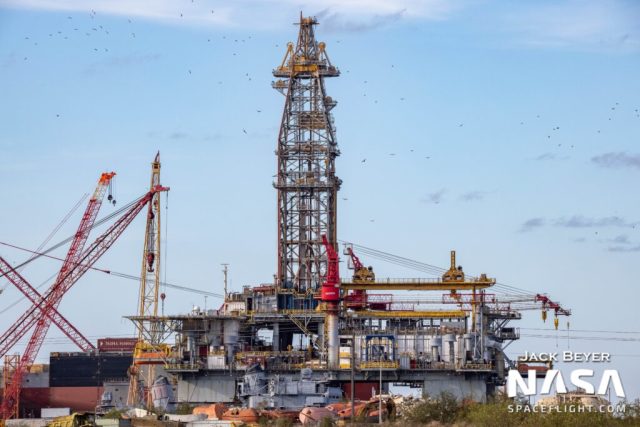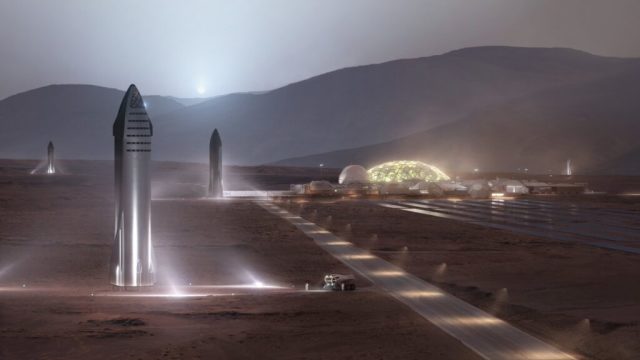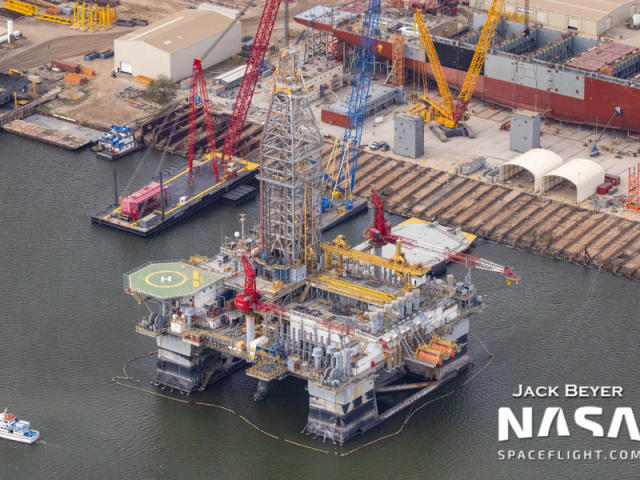According to journalists, a subsidiary of SpaceX has acquired two drilling platforms: after the conversion, the complexes can be used for launching Starship spacecraft.
SpaceX is actively implementing its most ambitious project, in which they want to build an extremely large manned spacecraft. According to NASA SpaceFlight, Elon Musk's company (or rather, its associated Lone Star Mineral Development LLC) has bought two drilling platforms that, after conversion, can be used to launch such vehicles.
Lone Star was registered in June 2020. That same month, SpaceX CEO Elon Musk tweeted that SpaceX was building floating spaceports for flights to Mars, the Moon, and hypersonic travel around our planet. According to experts, Lone Star Mineral Development LLC is probably a subsidiary of SpaceX.

Drilling platform
Image source: nasaspaceflight
The acquired platforms were named "Phobos" and "Deimos" - in honor of the moons of Mars. Their use will allow you to solve several problems at once. One of them is related to the safety of the surrounding people at the start of Starship. The other concerns the noise level that will certainly accompany the launches. Thus, marine launch platforms will play a key role in the SpaceX project.

Drilling platform
Image source: nasaspaceflight
Work on the launch platforms began in Brownsville, Texas, near the Starship production and launch sites in Boca Chica. The list of previously submitted jobs included crane operators, electricians, and marine operations engineers. Some lists indicated that the position was part of the Starship project. Among the duties — "design and construction of an operating marine missile system".
One of the installations was previously called the ENSCO 8500. It was operated by Ensco Rowan PLC, a drilling company. In 2019, after the transaction and merger with Valaris, the installation was named Valaris 8500. Last summer, it, along with another rig — Valaris 8501 — was sold to an unnamed customer. The price of each installation was $ 3.5 million.

Starship
Image Source: SpaceX
The space complex, now known as Starship, bore different names and had different technical characteristics. Today we are talking about a two-stage system capable of putting about 100 tons of cargo into a low reference orbit. Recently it became known that SpaceX will not land the super-heavy launch vehicle of the complex on supports, instead it is planned to catch it near the ground.
One of the key tests of the Starship technology demonstrator was conducted in December: it was only partially successful.

